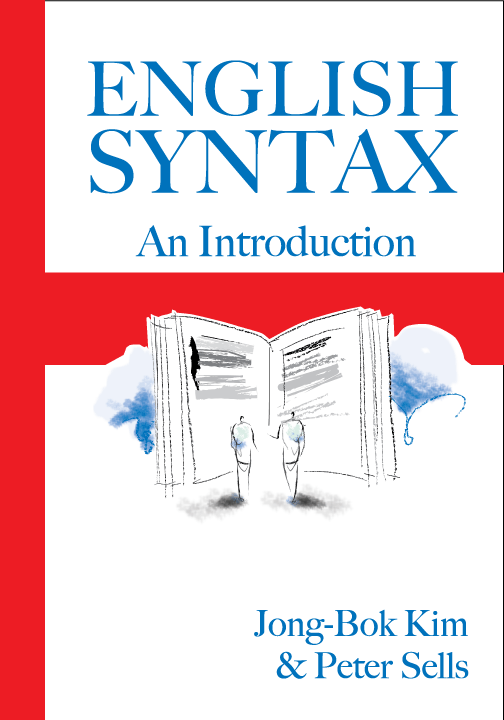

|
|
|
|

English SyntaxAn Introduction Focusing on the descriptive facts of English, this textbook provides a systematic introduction to English syntax for students with no prior knowledge of English grammar or syntactic analysis. English Syntax helps students appreciate the various sentence patterns available in the language, understand insights into the core data of its syntax, develop analytic abilities to explore patterns of English in more depth, and learn precise ways of formalizing syntactic analysis. The text and exercises cover a variety of English data and major constructions such as agreement, raising and control, the auxiliary system, passive, questions, relative clauses, extraposition, and clefts.
“This book is an excellent text that takes nothing for granted. Even the
complete novice can use this book to gain familiarity with some
of the most subtle and interesting problems of English syntax.”
“This is a valuable introductory syntax volume, which
strikes a nice balance between data and theory, and leads
the student from the most basic notions of syntax to an
understanding of analyses of a broad range of English
constructions within the HPSG framework.”
is Associate Professor in the School of English at Kyung Hee University, Seoul, Korea. is Professor of Linguistics at the School of Oriental and African Studies, University of London. Contents
4/1/2008 ISBN (Paperback): 9781575865683
|
Distributed by the
University of Chicago Press |
|
pubs @ csli.stanford.edu
|
CSLI Publications
Stanford University Cordura Hall 210 Panama Street Stanford, CA 94305-4101 (650) 723-1839 |